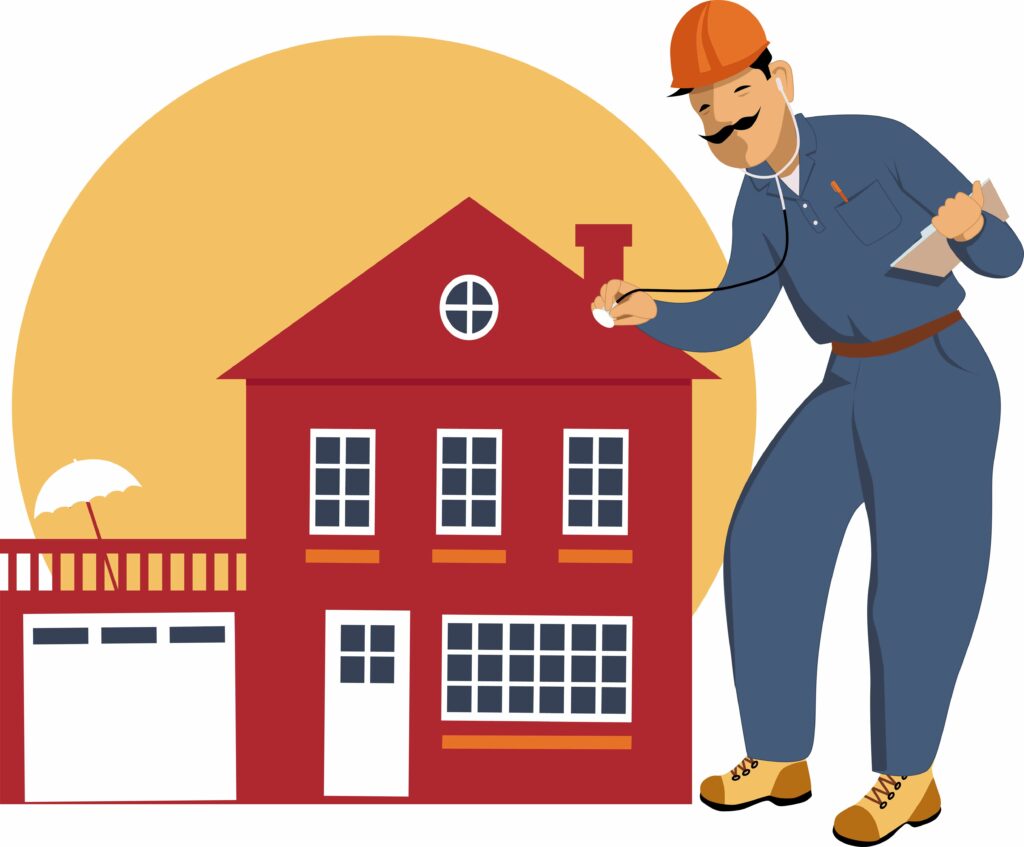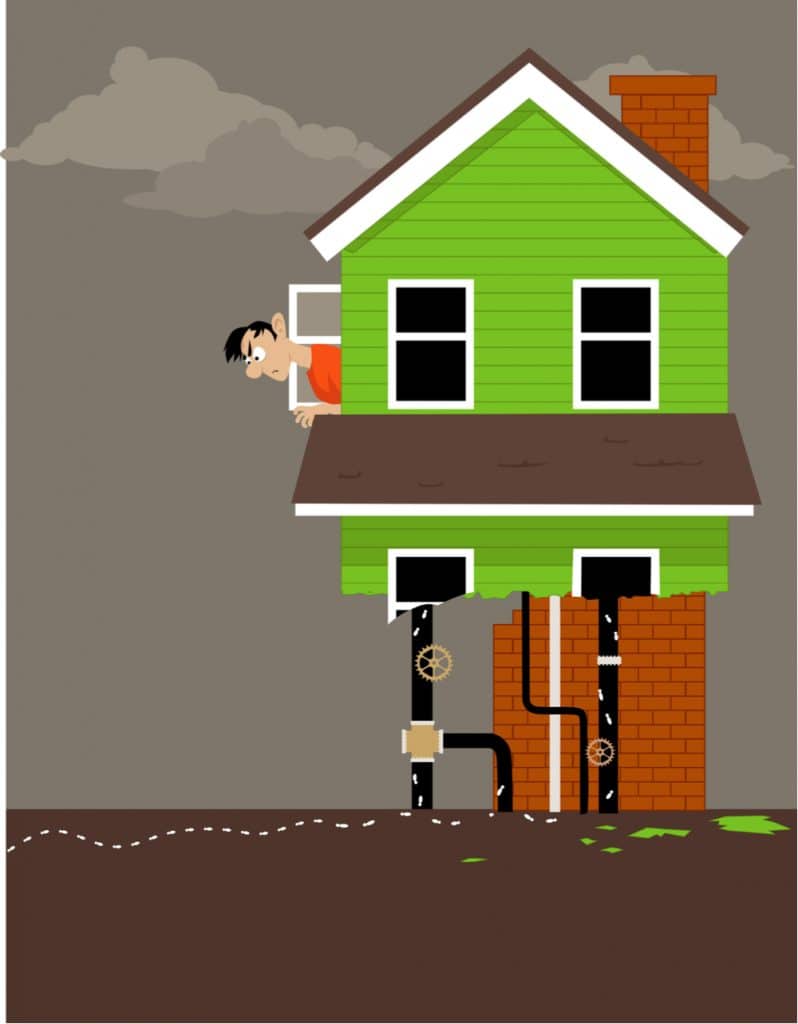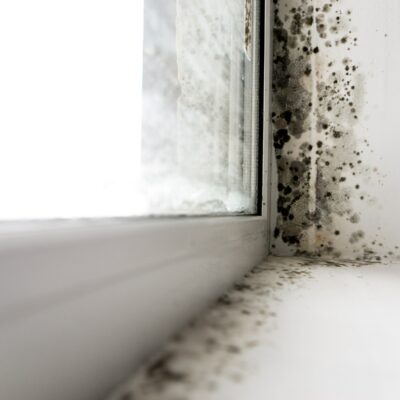How to set home buyers’ expectations
Last Updated September 21, 2023

We’ve discussed how to set inspection expectations with clients in the past. You know that appropriate expectations are essential for mitigating risk and ensuring client satisfaction. But do you have a good understanding of what you need to explain and how?
In this article, we continue our series of interviews with recent home buyers. We reveal what expectations typical home buyers walk in with and how you can help them have a more accurate understanding of your services. In so doing, you provide quality customer service while mitigating your risk of potential claims.
 What is a home inspection?
What is a home inspection?
First-time buyers Jessica and Brandon Finch did research before purchasing their inspection. They understood what a typical inspection includes, and they knew which services they wanted to add on. Knowing that home inspectors only test representative samples, they went so far as to test every outlet with a blow dryer and to turn on every light switch themselves.
However, the Finches are the exception to the rule.
“Jess was more prepared than the average bear. I think she was trying to [understand] some of the things that [the home inspector] could be looking for and trying to understand what that means more [than most],” Brandon Finch said. “Explaining what [they’re doing], why they’re doing [it], and…the consequences of their findings [is important].”
However, few home buyers come as prepared as the Finches. Of the first-time home buyers we interviewed, the majority did little to no research prior to the inspection. Instead, they expected their home inspector to explain the process to them.
Recent buyer Shelley Olson thought she’d be able to get information about the inspection process from her home inspector. Instead, the conversation with the inspector was “very short” and “uninformative.”
“The home inspection that we thought we were getting was not what we got,” Olson said. “There was never a grounding or providing [of] some base expectations. We ended up really disappointed because we had higher expectations.”
Because most home buyers don’t have the time or the forethought to research the inspection process ahead of time, it’s important for you to provide them with some basic information. By defining a home inspection for your client, you can make sure they understand your responsibility. In so doing, you decrease the likelihood of receiving a claim for something outside of your scope.
Providing a definition
When defining a home inspection, consider addressing the following:
- A home inspection is a visual examination of the home’s physical structure and systems. Because you can only inspect what you can see, you cannot account for anything hidden from view, such as things obstructed by furniture or personal belongings and things behind walls or below ground.
- A home inspection is a snapshot in time. The defects you find during your inspection are the ones that were present at the time of the inspection. While you will do your best to identify potential future problems and suggest preventative measures, the client will experience future issues in the house that cannot be predicted by your inspection.
- Your home inspection will only cover a representative sample. That means not every outlet or window will be checked.
- Weather may inhibit your ability to inspect certain systems and structures. If, for example, it’s raining, you may be unable to traverse the roof. You will note any areas you were unable to inspect in your report.
- Home inspections are not code inspections. While many home defects have roots in code compliance, you don’t enforce building code.
- Based on the size of the property, your home inspection will take about [insert number] hours. During that time, you will… [insert brief explanation of how you will traverse and inspect the home].
Being their primary source for their inspection expectations ensures that your clients understand your services. Thus, they’re less likely to rely on information from another inspector or real estate professional that may offer different inspection types or inspect under different standards. Remember, it’s your responsibility to know what inspection standards are appropriate for your area. Be sure to review the American Society of Home Inspectors’ Standard of Practice and your state’s requirements to make sure you’re compliant.
 What can I add to the standard inspection?
What can I add to the standard inspection?
Of the home buyers interviewed, the Finches purchased the most additional services. In addition to the basic home inspection, they purchased radon, mold, sewer scope, and infrared testing.
“We didn’t do the bare minimum. We did as much as possible thinking that it would be worth the knowledge of the investment,” Jessica Finch said. “It’s worth knowing all of these things and to pay a couple extra hundred dollars for a hundreds-of-thousands-of-dollars investment.”
However, as they were earlier, the Finches are the exception to the rule.
Most home buyers assume that standard home inspections include additional services, like pest or pool and spa inspections. Thus, it is important to explain and offer add-on services when scheduling the inspection rather than waiting for the inspection to take place. By offering such an explanation, you can assert the limit to your liability, which can make you less likely to receive claims for services not offered during your inspection.
In retrospect, recent home buyer and Texas lawyer Dustin Trumbull* would have purchased a more detailed inspection with specialized services, such as sewer scope, too.
“There is just a lot of information that you miss when you walk through a house for 30 minutes and then put in an offer…. We had no idea [there were] about 20 fairly significant [defects]…[until we began] renovations…[and] living in the house,” Trumbull explained. ” I don’t blame the inspector for not catching them, but I think having specialized inspections would have been useful.”
Discussing add-ons
When discussing add-ons to a home inspection, consider addressing the following:
- While your home inspection will give clients a general idea of the home’s condition, it is not technically exhaustive.
- There are certain types of services not included in a standard inspection but are available at an additional cost. You offer the following services: [list additional services for purchase]. Ask all your clients if they’d like to purchase such services before the inspection and before they sign your pre-inspection agreement.
- The following services are not included in a standard inspection and are not available at an additional cost: [list additional services that aren’t available, if any].
- There are some issues, like asbestos, for which home inspectors will never inspect because they go beyond the Standard of Practice. If your client is interested in learning more about such issues, they’ll have to consult a specialist.
Only by acknowledging what isn’t covered by a basic inspection can you appropriately set inspection expectations, thereby increasing customer satisfaction and mitigating risk of potential claims.
Not all home inspection companies offer all types of additional services. In such cases, it’s still important for home inspectors to point out what services are not included in their standard inspections.
Inspectors may wish to recommend other companies to provide additional services of interest, such as mold sampling or sewer scope inspections. If you do decide to recommend other companies’ services, we suggest asking those companies to name you as an additional insured on their errors and omissions insurance policies. That way, if the client names your business in a suit regarding the additional service, the company that performed the additional service is responsible for your company’s defense.
Set inspection expectations, better your business
As a home inspector, you walk a fine line. How do you give home buyers the experience they want while protecting yourself from potential claims? By appropriately setting buyers’ expectations, you can give your clients quality customer service while managing your risk. Don’t sacrifice claims prevention for customer satisfaction. Do all you can to set good inspection expectations and both you and your clients are more likely to leave the home inspection happy.





